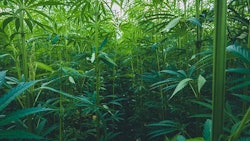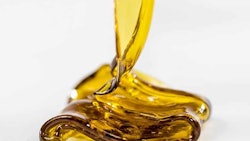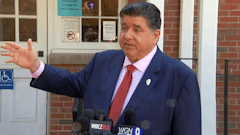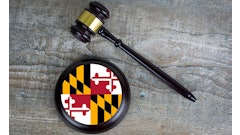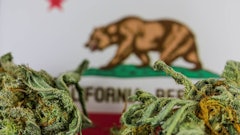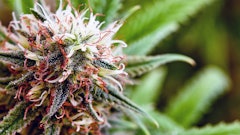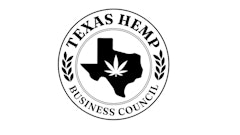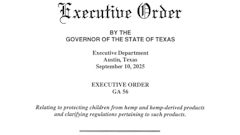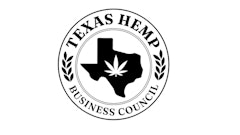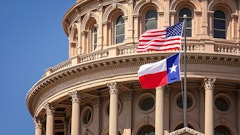Montana is continuing to operate under its hemp pilot program for 2020, but the state is hoping to add a new component for this year’s growing season: a 1% checkoff.
Farmers in the state have voted to create the nation’s first hemp checkoff program, the state says in a news release. Through the program, hemp producers will give 1% of their sales to a fund that will be used for industry research, market development and education.
Ben Thomas, the director of the Montana Department of Agriculture, tells Hemp Grower that farmers in the state petitioned to establish the program last year. The department helped form an advisory board with industry stakeholders who devised the parameters of the program. That program proposal then went out for a vote to all hemp farmers in the state.
“It passed overwhelmingly,” Thomas says.
The funds are being overseen by the advisory committee, which consists mainly of hemp farmers (along with one processor) who represent different regions of the state. Members of the committee serve one-year terms, and they will make recommendations on how the money should be allocated.
Checkoff programs are fairly common for agricultural commodities in the U.S. In Montana’s checkoff programs, farmers are required to submit their appropriate percentage of funds to the department, but they can receive a refund if they aren’t happy with how the money is being allocated.
“All of our checkoffs are voluntary, but the refund rate is under 3%,” Thomas says. “People really appreciate what they’re getting with these programs.”
While the COVID-19 pandemic has created delays and shifted priorities in the department this year, Thomas says he hopes to have the program rules in place by this summer. Like in the rest of the county, many hemp farmers in Montana are new to the crop—and even new to farming in general—so getting the program in place quickly is important to advancing the industry.
“Even if we get it in place this year, I recognize there are going to be hiccups and holes in there, but we’ve got to start somewhere. And really, anything we have available to invest into research this early on will be helpful,” Thomas says.
Montana had nearly 50,000 acres licensed for hemp cultivation in 2019, making it the state with the most licensed hemp acres in the country, according to data from The Jacobsen.
The state’s licensing period for this growing season is due to close June 1. Montana will continue operating under its pilot program this growing season. (The U.S. Department of Agriculture has already approved its new program, which will take effect Nov. 1.)
Thomas anticipates the state will likely see a dip in hemp acres licensed this year for the first time since Montana began its pilot program in 2017. Many of those acres licensed last year weren’t planted, and some farmers who were unable to make a profit on their crops have decided to forego planting hemp this year.
Thomas, however, is still hopeful for the industry in the state and wants to focus on its “slow and steady growth.”
He notes that the state is already known for its other agricultural commodities. “It took us a lot of investment and research and marketing to get there,” Thomas says. “We have that opportunity with hemp, but it’s important that we make those investments on the front end so that we really stay ahead of our competitors.”













